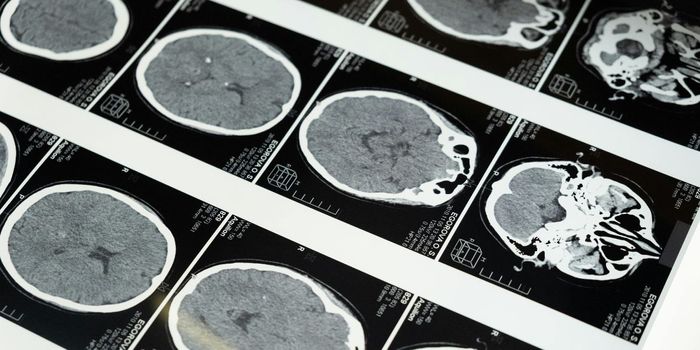Bioscience Technology caught up with Susan Harkema Ph.D., professor and rehabilitation research director of the University of Louisville's Kentucky Spinal Cord Injury Research Center, to discuss her research and new funding awarded by Wings for Life Spinal Cord Research Foundation for epidural stimulation. Wings for Life recently announced it is teaming with the Christopher & Dana Reeve Foundation to advance a clinical study led by Harkema, on 36 individuals with spinal cord injuries. (Harkema is also director of the Christopher and Dana Reeve Foundation's Neurorecovery Network).

Wings for Life holds an annual global run to raise money for spinal cord injury research. This year, funds raised from the race, which takes place May 3, will go toward Harkema's research, specifically to study the mechanism for voluntary movement observed in patients undergoing epidural stimulation. Last year's race raised $4.1 million.
What is epidural stimulation?
"Epidural stimulation is where we place an electrode over the lower spinal cord, below where the injury is, where we're exploring the complexity of the nervous system in that area and what its capacity is to generate complex patterns," Harkema told Bioscience Technology. "We use different stimulation configurations to generate different behaviors."
The electrode with 16 contacts goes over the lower spinal cord, and an implanted stimulator and battery is wired to the spinal cord. A continuous electrical current, at different frequencies and intensities, is applied via a patient programmer (remote), the size of a smartphone, to specific locations on the lower part of the spinal cord, activating nerve circuits. The system is actually an off-shelf device that was originally built for pain management, but Harkema stumbled across unexpected results when conducting research and used it to complete her experiment.
Establish your company as a technology leader. For 50 years, the R&D 100 Awards, widely recognized as the "Oscars of Invention," have showcased products of technological significance. Learn more.
So far, study participants, who are all motor complete (meaning they are paralyzed below the level of injury), regained voluntary movement with the stimulation, and reported improvements in cardiovascular health, temperature regulation and bowel control, even after the stimulator is turned off.
Harkema's original experiment was only meant to find patterns in people with chronically motor-complete injuries, to demonstrate that there were complex interneurons for locomotion. Then her team started seeing unanticipated results.
Susan Harkema, Ph.D., tests epidural stimulation in people living with spinal cord injuries. (Source: NeuroRecovery Training Institute)
The Wings for Life and Reeve Foundation funding will allow Harkema's research to "go to the next level and to do a much larger cohort," she told Bioscience Technology. The study, expected to start next year, will test the hypothesis in 36 people living with spinal cord injury that epidural stimulation can be used to recover a significant level of autonomic control.
Meanwhile, her second study is in the early stages, but is showing promising results. This study is focused on quantifying results of the first one and looking at cardiovascular function.
Harkema explained to Bioscience Technology, "We have four people who have completed the [first] study and are coming back for follow up. We just implanted two more people, repeating what we did with the first four." This second study is partly funded by the Helmsley Charitable Trust, a nonprofit foundation. Another group funded Harkema to study four additional people, looking at cardiovascular function. A stimulator has been implanted in one person from that group so far.
"By the end of the year we'll have 12 people implanted, eight with the original [electrode] and four with a different protocol focused on cardiovascular function," Harkema said.
Untapped resource
"The most exciting aspect of this research is that we've identified an untapped resource for recovery, and what we thought was motor complete is not motor complete," Harkema said. That means opening new doors to people with spinal cord-related paralysis.
"When people are diagnosed with motor-complete injuries they don't get much rehabilitation," Harkema said. "What this research shows is they are the group that needs the most rehabilitation, and that there is a capacity-you just have to look more intensely for it. It demonstrates that we're just scratching the surface, and we still have a lot to learn, but there is a tremendous capacity for recovery."
To reach the full potential of that capacity, though, the technology behind epidural stimulation needs to be advanced. "We need better or more flexibility in the stimulation configuration, and we need better technical user interfaces and patient interfaces for people to really take advantage of what we found in the lab with the neurophysiology, so there's a lot of work to do on the technology side," Harkema told Bioscience Technology.









